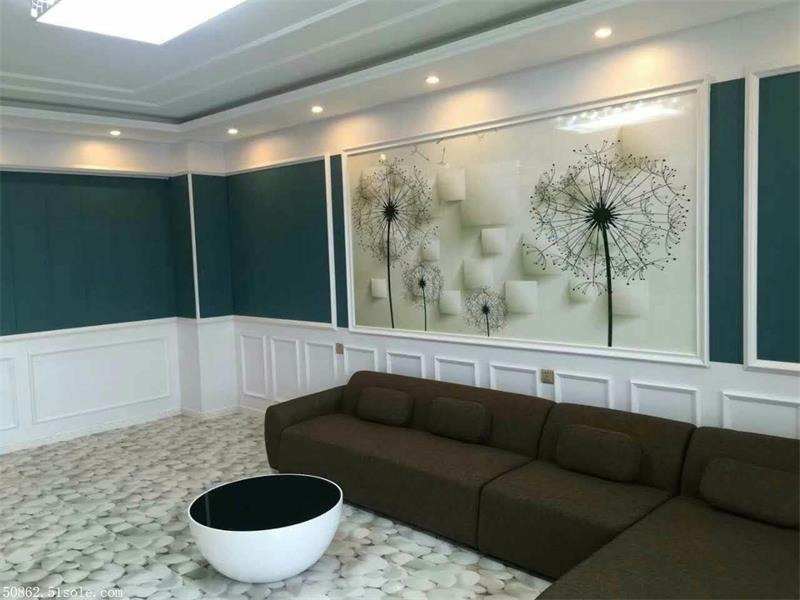In the realm of interior design and construction, safety considerations are paramount, especially when it comes to materials used within the built environment. PVC (polyvinyl chloride) wall panels have gained popularity for their versatility, durability, and aesthetic appeal. However, concerns regarding their fire resistance and safety performance have prompted extensive scrutiny and analysis. In this comprehensive examination, we delve into the intricacies of how PVC wall panels perform in terms of fire resistance and safety, exploring the factors that influence their behavior in the event of a fire and the measures taken to mitigate potential risks.
Understanding the Composition of PVC Wall Panels
Before delving into their fire resistance properties, it’s essential to understand the composition of PVC wall panels. PVC is a thermoplastic polymer renowned for its versatility and durability. PVC wall panels typically consist of PVC resin combined with various additives such as stabilizers, plasticizers, and fillers. These additives impart specific properties to the panels, such as flexibility, impact resistance, and UV stability.
Fire Resistance Properties of PVC
One of the primary concerns regarding PVC materials is their behavior in the presence of fire. PVC is inherently combustible, meaning it can ignite and sustain combustion under certain conditions. However, manufacturers employ various strategies to enhance the fire resistance of PVC wall panels, making them safer for use in interior spaces.
Flame Retardants: A Critical Component
Flame retardants are additives incorporated into PVC formulations to reduce the flammability of the material and inhibit the spread of flames. These compounds work by disrupting the combustion process, either by releasing water vapor to cool the material or by forming a protective char layer that insulates the underlying substrate from heat. Common flame retardants used in PVC formulations include antimony trioxide, brominated compounds, and phosphorus-based additives.
Testing and Certification Standards
To assess the fire resistance of PVC wall panels, various testing methods and certification standards are employed to evaluate their performance under fire conditions. One of the most widely recognized standards is the ASTM E84 Standard Test Method for Surface Burning Characteristics of Building Materials, also known as the “Tunnel Test” or “Steiner Tunnel Test.” This test measures parameters such as flame spread and smoke development, providing valuable data on the fire performance of materials.
Fire Safety Measures and Considerations
While PVC wall panels may exhibit improved fire resistance properties due to the inclusion of flame retardants, it’s essential to complement these measures with proper fire safety protocols and considerations. This includes ensuring the integrity of electrical wiring and fixtures, maintaining clear pathways for egress, and installing fire detection and suppression systems where necessary.
Building Code Compliance
In many jurisdictions, building codes and regulations govern the use of PVC wall panels and other materials in interior applications. These codes typically specify requirements for fire resistance, smoke generation, and toxicity levels, ensuring that materials meet minimum safety standards. Compliance with these regulations is essential to safeguard occupants and property from the hazards of fire.
Conclusion: Balancing Aesthetics with Safety
In conclusion, PVC wall panels can exhibit improved fire resistance properties when formulated with appropriate additives and subjected to rigorous testing and certification. However, it’s crucial to recognize that no material is entirely immune to fire, and proper fire safety measures must be implemented to mitigate risks effectively. By understanding the composition of PVC wall panels, leveraging flame retardant technologies, adhering to testing standards, and complying with building codes, designers and builders can strike a balance between aesthetics and safety, creating interior spaces that are both visually appealing and fire-resistant.
Post time: Apr-22-2024

